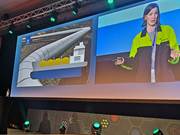
On Friday 20 May, SINTEF Research Scientist Ingrid Snustad gave a presentation on carbon capture and storage (CCS) to a room of approx. 600 Norwegian school children in Oslo, Norway. The...

On Friday 20 May, SINTEF Research Scientist Ingrid Snustad gave a presentation on carbon capture and storage (CCS) to a room of approx. 600 Norwegian school children in Oslo, Norway. The...

The most important climate measure for limiting global warming to under two degrees is to capture and permanently store CO2 emissions (CCS) from industrial processes and energy production....
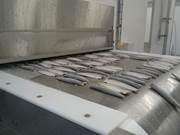
Næringsmiddelproduksjon er ansvarlig for 20% til nesten 40% av de totale klimagassutslippene globalt, og omtrent 60 % av all mat er innom en kjølekjede. Derfor er det viktig at...
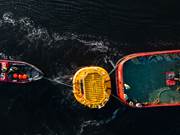
SINTEF develops new observational methods to identify changes and impacts in the ocean environment caused by natural variations or anthropogenic activities on a global, regional and local scale....
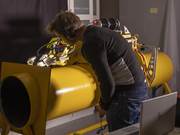
...3D cameras have evolved from being specialist equipment to everyday items, and are currently a key component in autonomous vehicles, advanced robotics and flexible automation processes. SINTEF...

Trondheim (Norway), 11 March 2022 – Today, the Norwegian Minister of Petroleum and Energy announced the Research Council of Norway’s investment of NOK 200 million (EUR 20,271,400) in HYDROGENi: a...
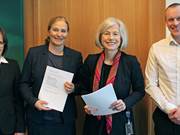
Aker Carbon Capture and SINTEF have entered into a strategic collaboration agreement, with the goal of further developing carbon capture utilization and storage (CCUS) technology to reduce CO2...
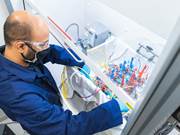
In order to produce batteries with improved properties at a lower cost and with reduced carbon footprint, significant research efforts are needed. We must develop both the battery technology...

HOLISTIC APPROACH Through our focus on circular economy, SINTEF combine technological expertise with economic and environmental expertise in order to provide our customers with multidisciplinary...
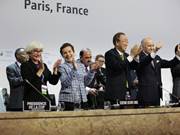
...- Solving the climate crisis will require extensive international collaboration between businesses, governments and the scientific community. This is why SINTEF will increase its participation in...

At SINTEF, we have research communities with cutting-edge expertise on how to best plan for and utilise distributed energy resources in the distribution grid, and how battery systems can...
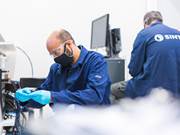
There is a global knowledge race in all parts of the value chain related to the production, use and reuse of batteries. The independent Norwegian research institute SINTEF is now investing NOK 45...
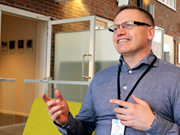
Nils Brede Moe at SINTEF is heading a team of researchers who have been studying workplace dynamics in several companies during 2020. He believes that experience following the Covid-19 pandemic...

Research suggests that the hotel industry could save energy by installing CO2 heat pumps. Photo: Colourbox Standard Energy consumption in the hotel industry is high and contributes to global...
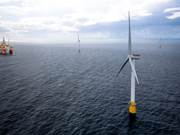
Equinor and SINTEF have agreed on a strategic collaboration in four key areas. The areas are offshore wind, marine systems, energy systems and modeling studies related to these areas....

Testing of the SICA-system outside Norway. In contrast to the traditional method of underwater video cameras, this system was found to detect unusual behavior of salmon more effectively during...
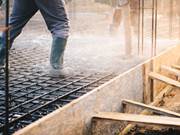
Concrete generates huge volumes of greenhouse gases. This is why researchers are looking into producing more eco-friendly forms of this important construction material. Stock photo: Shutterstock....
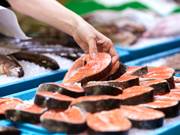
No more waste. Proteins derived from the process have the same taste intensity levels as pea and whey proteins that are popular ingredients in health foods. The fish oil can be sold separately as...

Research is being carried out at SINTEF into the use of mRNA delivered in nanoparticles for the treatment of so-called triple-negative breast cancer – one of the highest mortality rate cancers....
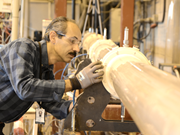
The Board of the Research Council of Norway decided on June 11 to grant SFI Swipa (Subsurface Well Integrity, Plugging and Abandonment) status as Center for Research-Driven Innovation for the...